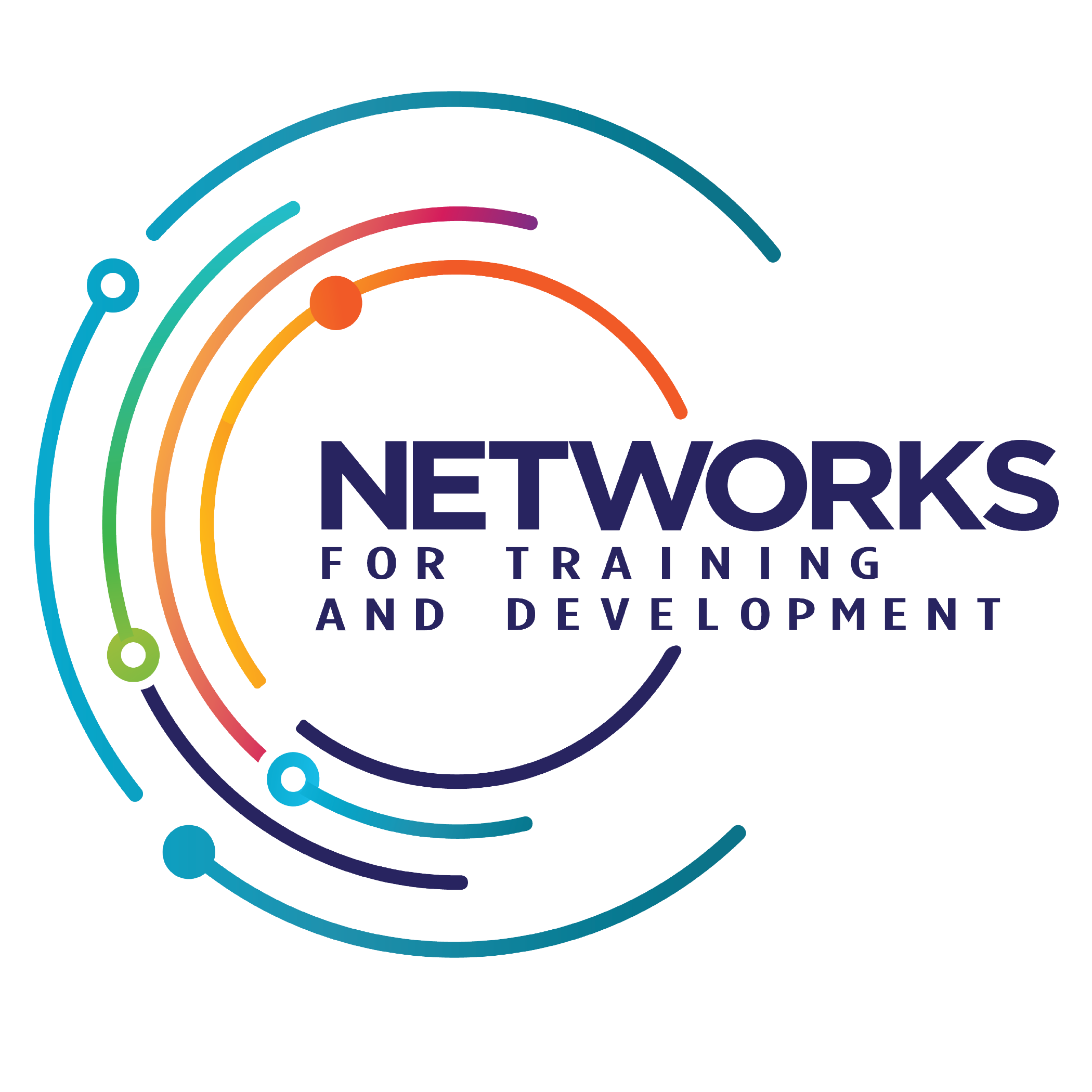Have you ever heard the term ACE in regards to trauma? It refers to Adverse Childhood Experiences. Since I work with individuals across the lifespan, I attended a webinar “ACEs Research for Understanding the Early Experiences of Young Children” presented by Allison Peak LCSW, IMH-E, to learn more. Many people think that babies or young children do not know what’s going on around them or to them, so therefore it will not effect them if things get better later on in their life. ACEs however, have a significant impact on child development, and the developing structure of the brain. Safe predictable relationships allow children to decipher safety from danger and to regulate stress hormones. There are 10 key stressors that may prevent a child from feeling safe.
| Abuse | Neglect | Household dysfunction |
| Physical | Physical | Mental Illness |
| Emotional | Emotional | Incarceration |
| Sexual | Mother treated violently | |
| Substance Abuse | ||
| Divorce |
ACEs create chronic stress which increases cortisol in the brain leading to damage of impulse control, analytical thinking and cause and effect. If an individual experiences numerous ACEs it can lead to inability to navigate emotions and to communicate effectively. Behavior can look like “no one is in the control tower”. Across the lifespan ACEs create greater health risks for obesity, cardiovascular disease, COPD, anxiety, depression, increased blood pressure and stroke, leading to a decrease in life expectancy. They also impact academic success, divorce rates, and job satisfaction. Research has noted that individuals with 6 or more ACES experience a 20 year decrease in life expectance and those with 10 or more may present as significantly developmentally delayed.
Understanding the impact of ACES’s helps us to understand behavior. Feelings fuel behavior. Behavior represents the inner world of the individual. When trying to understand behaviors and communication of those we love and care about we need to change our thinking from “what’s wrong with you?” to “What’s happened to you?” Take time to get the whole story!
There is ongoing research regarding resiliency among individuals with high ACE scores. The single largest factor in resiliency is a safe predictable relationship with an adult potentially not the parent. This is important because we can all try to create that type of relationship with all those whose paths cross with ours. – Tracy :apreziosa
If you would like to research more, below are the resources used for the presentation by Allison Peak:
§ Anda RF, Brown DW. (2007) Root causes and organic budgeting: funding health from conception to the grave. Ped Health Vol
1(2):141–143
§ Anda RF, Felitti VJ, Walker J, Whitfield, CL, Bremner JD, Perry BD, Dube SR, Giles WH (2006) The enduring effects of abuse and
related adverse experiences in childhood. A convergence of evidence from neurobiology and epidemiology. Eur Arch Psychiatry
Clin Neuroscience. Vol 56(3):174–86.
§ Brain Architecture (2014) Palix Foundation/Alberta Family Wellness http://www.albertafamilywellness.org/resources/video/brainarchitecture
§ Building Strong Brains (2018) Tennessee Commission on Children and Youth: Nashville, TN
§ Child Parent-Psychotherpy (2012) Van Horn, Patricia. Alberta Family Wellness.
§ Felitti, Vincent J et al. Relationship of Childhood Abuse and Household Dysfunction to Many of the Leading Causes of Death in
Adults American Journal of Preventive Medicine, Volume 14 , Issue 4 , 245 – 258
§ Foege WH (1998) Adverse childhood experiences: A public health perspective. . Am J Prev Med. 1998; 14:354–355
§ Larkin H, Felitti VJ, Anda RF (2014) Social work and Adverse Childhood Experiences (ACE) Research: implications for practice and
health policy. . Social Work Public Health. Vol 29(1):1-16.
§ Larkin H, Shields JJ, Anda RF. (2012) The health and social consequences of adverse childhood experiences (ACE) across the
lifespan: an introduction to prevention and intervention in the community. J Prev Interv Community. Vol 40(4):263-70
§ Pedersen CA, Vadlamudi, S, Boccia, ML, Moy, SS (2011) Variation in Maternal Behavior in C57BL/6J Mice: Behavioral
Comparisons between Adult Offspring of High and Low Pup-Licking Mothers. Frontiers in Psychiatry Vol 2: 42
§ The ACE Study Survey Data. (2016) Centers for Disease Control and Prevention, Kaiser Permanente. Atlanta, Georgia: U.S.
Department of Health and Human Services, Centers for Disease Control and Prevention.
§ Serve and Return (2014) Palix Foundation http://www.albertafamilywellness.org/resources/video/serve-and-return
23
